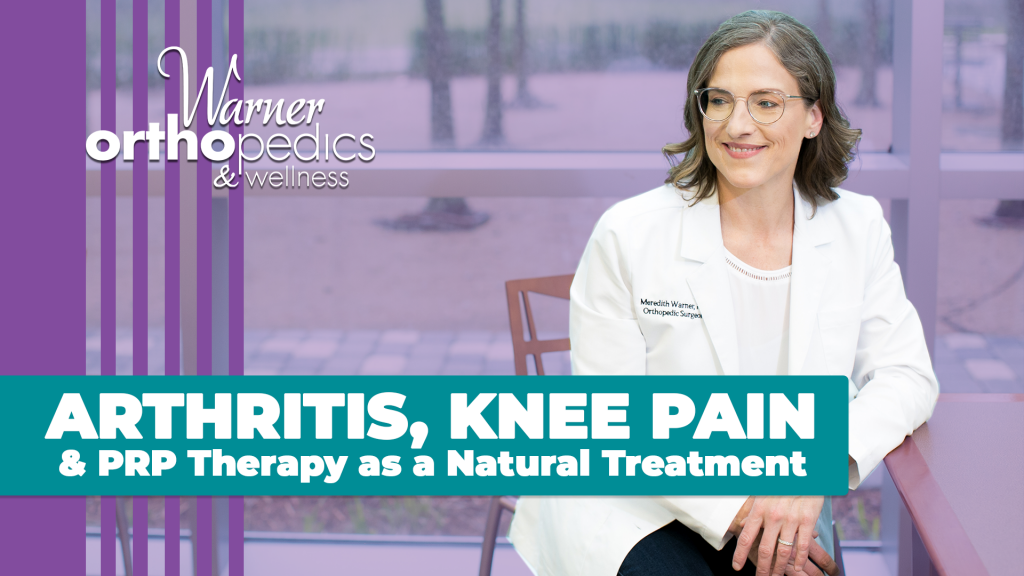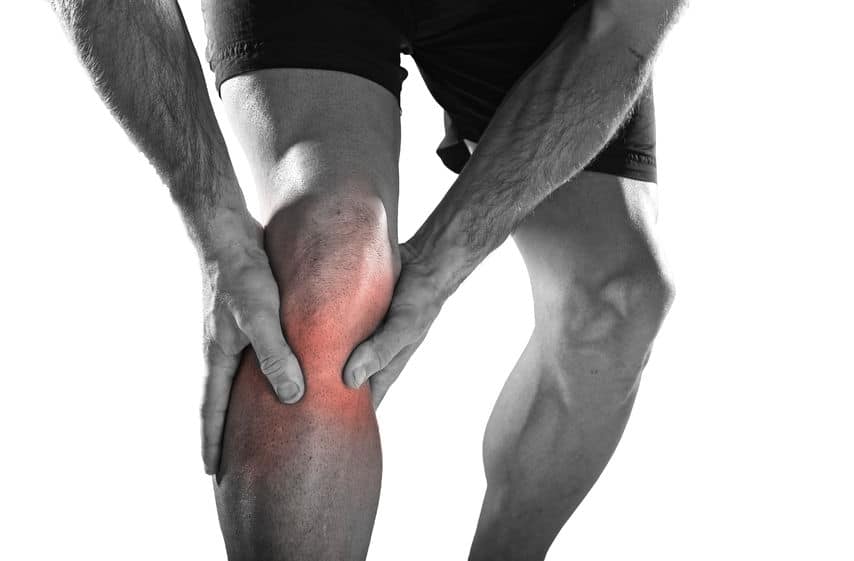5 Most Common Causes of Knee Pain
Knee pain can be unbearable but can be even more frustrating if you don’t understand what is causing or why it’s not getting better. Unfortunately, most pain related to your knees gets worse over time.
What can start out as stiffness or aches can, if left untreated, turn into a problem that can only be fixed with surgery. Sometimes, icing or over-the-counter medications may help. Other times, therapy or braces may be needed.
Recovery is determined by the condition and its severity. However, the first step in recovery is understanding what’s causing your pain in the first place.
1. Meniscal Tears
The sturdy and flexible, hard tissue that covers the ends of our bones is known as cartilage. Knee cartilage is supported by two menisci (semicircular cushions of collagen between the cartilage surfaces): the medial and the lateral meniscus. This information is essential because this is where most “tears” take place within the knee. A meniscal tear is about as painful as it sounds – causing the torn edged to get stuck in the joint, creating a “catching” sensation in joint. Meniscal tears cause swelling and can sometimes lock the knee.
2. Arthritis
One of the most common causes of knee pain and disability is arthritis. As a general inflammatory condition, arthritis is split into three common types when it comes to knee pain: rheumatoid, post-traumatic, and osteoarthritis.
While these all differ based on how they’re caused and what they affect, the most common of the three is osteoarthritis, which is the continual wear-and-tear of cartilage in the knee joint.
Osteoarthritis has a strong genetic component. Most frequently seen in older individuals, osteoarthritis can cause limited range of motion, tenderness, and weakness in the knees.
No matter what form of arthritis is present, they all share the common characteristic of stiffness and swelling, making it hard to bend the knee. There is no cure for osteoarthritis at this time; however, there are several treatment options available to treat the symptoms.
3. Ligament Injuries
Ligaments connect the thigh bone (femur) to our lower leg bones (tibia). Ligaments hold our bones together and keep them stable. Most common in sports injuries, ligament sprains and tears can occur in the medial collateral ligament (MCL), posterior cruciate ligament (PCL), and anterior cruciate ligament (ACL).
This type of injury can create severe pain and is characterized by the swelling and instability that these injuries cause. These injuries often need bracing and therapy and may require therapy.
4. Inflammation
Inflammation of the knee can become a problem for most as it is often the result or cause of other conditions such as arthritis, tendonitis, injuries, tears, etc. Inflammation can affect tendons, ligaments, cartilage, muscles and much more.
While the pain you experience from inflammation can vary from mild to severe, you should always make sure to treat it before it gets worse. Chronic inflammation can often lead to more damage, increased pain, and a loss of cartilage. With inflammation, the body produces proteins and chemicals that promote swelling and pain.

5. Patellar Fractures
The kneecap acts as a protector to the knee, so a break within it is often caused by a fall onto the knee or against the dashboard during a vehicle collision of some kind.
For those whose bones are weakened from osteoporosis, a fracture can occur by just a misstep, making it difficult or impossible to walk and straighten the knee. The patella increases the the efficiency of the quadricep muscles and is often under a lot of stress. There are many other fractures of the knee possible as well.
Unless it’s a dislocation or fracture, the causes of knee pain may all seem the same to you. It’s difficult to honestly know what your condition is without seeing a professional.
Don’t try and self-diagnose, or sweep the issue away, as untreated knee pain can only get worse over time. At Warner Orthopedics & Wellness, it doesn’t matter what’s causing your knee pain – all that matters is you’re in pain, and it needs to stop. Luckily, we’re here to help you.
Contact us today if you’re experiencing any knee pain or discomfort and let us help you start moving toward recovery:






